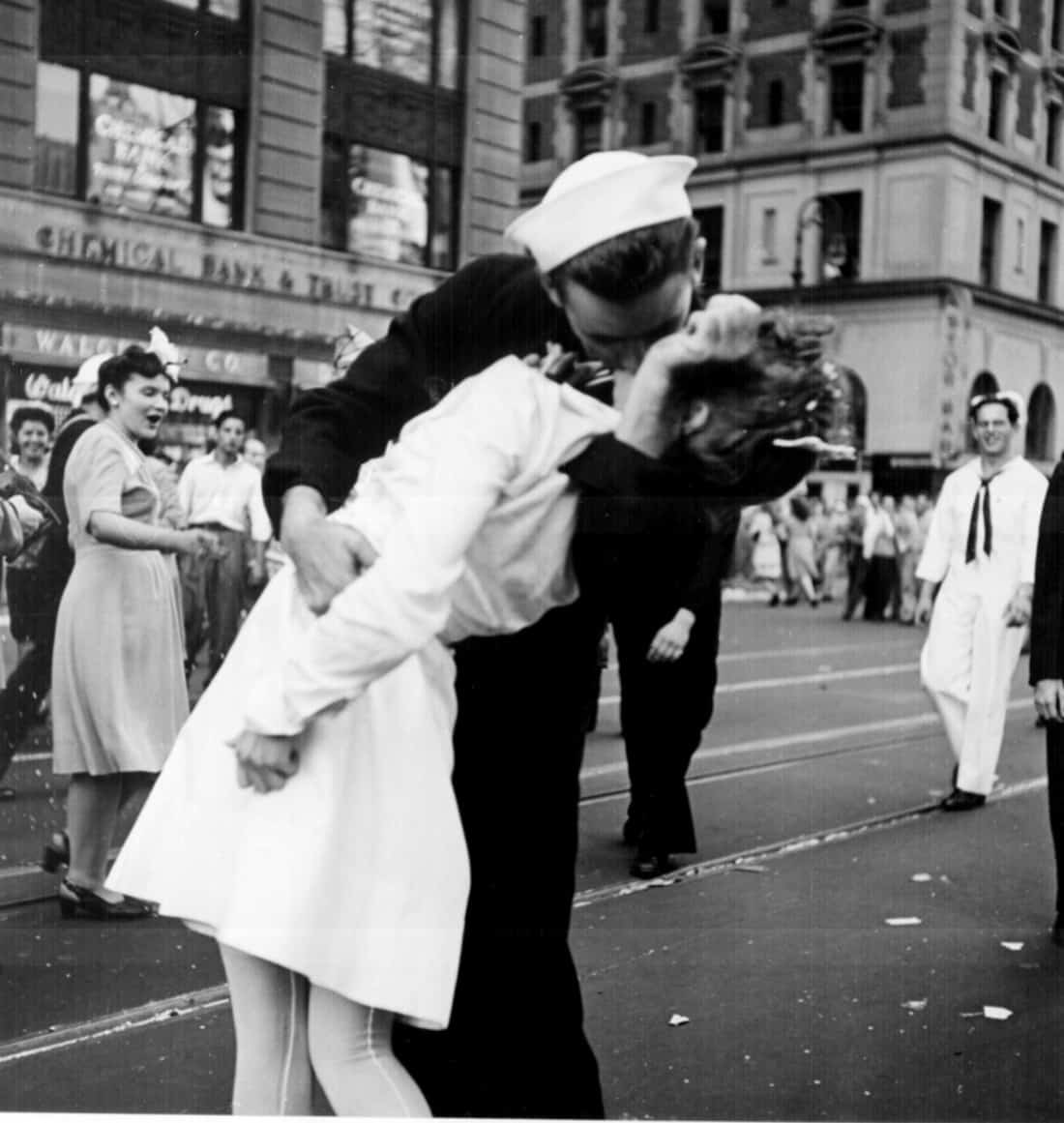Some Of Framing Streets
Wiki Article
Framing Streets - The Facts
Table of ContentsThe Only Guide to Framing StreetsThe 7-Second Trick For Framing StreetsSee This Report about Framing StreetsFacts About Framing Streets UncoveredThings about Framing StreetsNot known Details About Framing Streets
Digital photography category "Crufts Pet dog Program 1968" by Tony Ray-Jones Road photography (additionally often called honest digital photography) is photography conducted for art or query that includes unmediated possibility encounters and random incidents within public areas, normally with the goal of catching images at a crucial or touching minute by mindful framing and timing. 
What Does Framing Streets Do?
Susan Sontag, 1977 Road photography can concentrate on individuals and their behavior in public. In this regard, the road professional photographer is similar to social documentary digital photographers or photographers that likewise operate in public locations, however with the purpose of recording newsworthy occasions. Any one of these professional photographers' photos might catch people and residential or commercial property noticeable within or from public places, which usually requires navigating honest problems and laws of personal privacy, protection, and home.Depictions of daily public life develop a genre in virtually every duration of world art, beginning in the pre-historic, Sumerian, Egyptian and very early Buddhist art durations. Art taking care of the life of the street, whether within views of cityscapes, or as the dominant theme, shows up in the West in the canon of the Northern Renaissance, Baroque, Rococo, of Romanticism, Realism, Impressionism and Post-Impressionism.
Facts About Framing Streets Uncovered
Louis Daguerre: "Boulevard du Temple" (1838 or 1839) In 1838 or 1839 the very first photograph of figures in the street was tape-recorded by Louis-Jacques-Mand Daguerre in one of a pair of daguerreotype sights extracted from his workshop home window of the Blvd du Holy place in Paris. The 2nd, made at the height of the day, shows an uninhabited stretch of road, while the other was taken at regarding 8:00 am, and as Beaumont Newhall reports, "The Boulevard, so frequently full of a moving crowd of pedestrians and carriages was completely singular, except an individual who was having his boots combed.His boots and legs were well specified, but he is without body or head, because these were in movement." Charles Ngre, waterseller Charles Ngre. https://www.evernote.com/shard/s712/sh/a20f905f-57e4-5272-51f4-f35da5427286/FHPVGf2byaymnUuFoCvbW6NB-nEwrGqgpr5jMmpHfYWRset57b4bWaOM-A was the very first photographer to achieve the technical sophistication needed to sign up people in movement on the street in Paris in 1851. Photographer John Thomson, a Scotsman dealing with reporter and social lobbyist Adolphe Smith, released find more Street Life in London in twelve regular monthly installations beginning in February 1877
Framing Streets for Beginners
Eugene Atget is considered as a progenitor, not since he was the initial of his kind, however as a result of the popularisation in the late 1920s of his record of Parisian roads by Berenice Abbott, who was inspired to take on a similar documents of New York City. [] As the city created, Atget assisted to promote Parisian roads as a worthy subject for photography.
About Framing Streets
Between 1946 and 1957 Le Groupe des XV yearly showed work of this kind. Andre Kertesz. Circus, Budapest, 19 May 1920 Street photography developed the major web content of two exhibits at the Gallery of Modern Art (Mo, MA) in New York curated by Edward Steichen, Five French Photographers: Brassai; Cartier-Bresson, Doisneau, Ronis, Izis in 1951 to 1952, and Post-war European Digital Photography in 1953, which exported the principle of road photography internationally.
Getting The Framing Streets To Work
The recording maker was 'a surprise video camera', a 35 mm Contax concealed below his coat, that was 'strapped to the upper body and attached to a long cord strung down the ideal sleeve'. His work had little modern effect as due to Evans' sensitivities regarding the originality of his task and the personal privacy of his topics, it was not released up until 1966, in the book Numerous Are Called, with an intro composed by James Agee in 1940.Helen Levitt, after that an educator of children, connected with Evans in 193839. She recorded the temporal chalk drawings - vivian maier that belonged to kids's road society in New York at the time, in addition to the kids who made them. In July 1939, Mo, MA's new photography area consisted of Levitt's operate in its inaugural eventRobert Frank's 1958 publication,, was significant; raw and typically indistinct, Frank's pictures examined traditional digital photography of the time, "tested all the official policies set by Henri Cartier-Bresson and Pedestrian Evans" and "flew in the face of the wholesome pictorialism and sincere photojournalism of American publications like LIFE and Time".
Report this wiki page